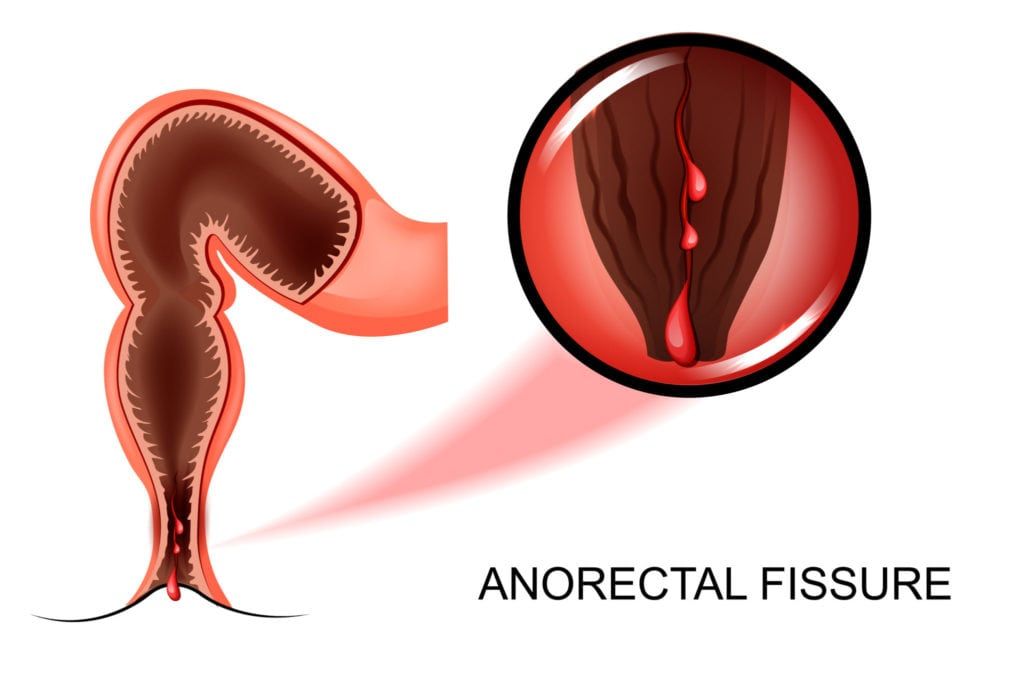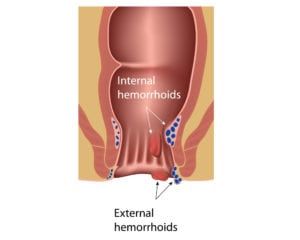Anal fissures are tears in the lower portion of the rectum that cause pain and bleeding. Though irritating, anal fissures are common. They can last several weeks, however, if shorter than 12 weeks they’re known as acute anal fissures (short term). While these tiny tears can be frustrating, the good news is they are quite common and easy to treat.
Did you know?
Anal fissures don’t discriminate based on age. They’re common to young and old, as well as healthy individuals.
Frequently Asked Questions
How do you diagnose an anal fissure?
Diagnosis is fairly easy but does require a physician. Typically a visual exam will suffice, however, a digital rectal exam or anoscopy. The anoscopy requires the use of a thin, lighted scope to look into the anal canal.
How do you treat anal fissures?
The key to treating anal fissures is prevention. By enjoying a diet high in fiber from veggies, fruits, and whole grains you can ensure your body is getting the fiber it needs. It’s also important to get plenty of fluids and at least 30 minutes of exercise a day.
If a lifestyle change doesn’t help, you may need to take a fiber supplement, which your doctor can recommend.
What are the causes of anal fissures?
These small tears are typically caused by passing a hard stool, repeated diarrhea, and childbirth. It’s suspected that extra tension in the anal sphincter can be to blame for fissures, however, anal intercourse and rectal exams can also cause them.
What are the symptoms of anal fissures?
The most common symptom of anal fissures is rectal bleeding. Typically patients will see a small bright bit of blood on the toilet tissue. If the stool is black or tarry that is a sign that there is upper gastrointestinal bleeding that should be immediately addressed by a physician.
Additional symptoms include a sharp stinging pain during bowel movements and excessive itching.







